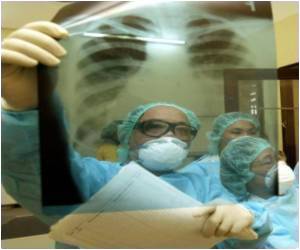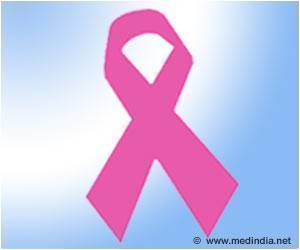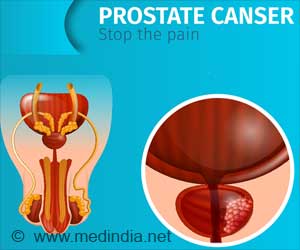
A University of Michigan study found that despite strong recommendations from the medical community to use these aids to help patients make more well-informed decisions, there is lack of evidence on whether they work – which may lead to fewer doctors using them.
"We continue to see more cancer screening options and also conflicting recommendations on whether to get screened, which method to use and how often it should be done," says lead author Masahito Jimbo, M.D., Ph.D., M.P.H., associate professor in family medicine and urology at the U-M Medical School.
"Our goal was to determine whether decision aids could potentially lead to better shared decision-making regarding screening between the patient and the clinician. There is evidence that decision aids are fairly effective in improving patient knowledge but we found that they may not be used as well and effectively as they could be."
The study appears in CA: A Cancer Journal for Clinicians, a medical journal published for the American Cancer Society.
Decision aids are delivered as self-administered or practitioner administered tools designed to help patients understand the disease, associated tests and treatments and the risks versus benefits of different types of screening. They are designed to help address such issues as whether to get a stool blood test versus a colonoscopy for colon cancer screening or whether women under the age of 50 should get screened for breast cancer at all.
Advertisement
"These decision aids are designed as tools to improve communication between patients and clinicians, so it's surprising that there is so little data to support claims that they improve shared decision making," Jimbo says.
Advertisement
Certain screening options also continue to be debated among the medical community. The U.S. Preventive Services Task Force, for example, recommended against routine screening for prostate cancer, while other guidelines encourage doctors and patients to weight the risks and benefits. Decision aids may assist patients and doctors work through those conflicting recommendations together.
"Do decision aids help improve communication between a patient and physician and can that improved communication lead to better outcomes – those are the broader questions we need to answer," Jimbo says.
"There is also some disconnect between how decision aids can help if they're actually applied and physicians actually using them. As we see an increased emphasis on the importance of shared decision making between patients and doctors, we need to better understand what the most valuable tools are in aiding this goal."
Source-Eurekalert















